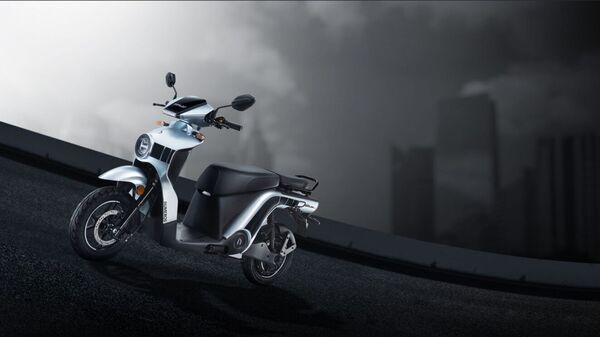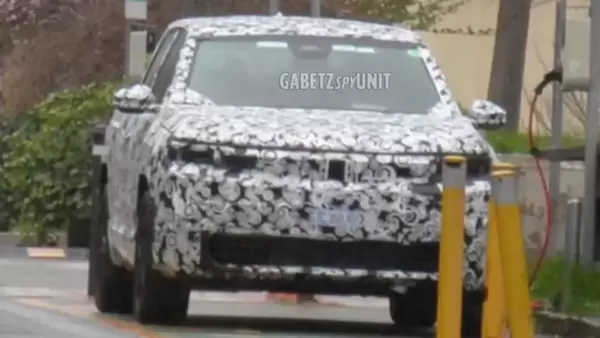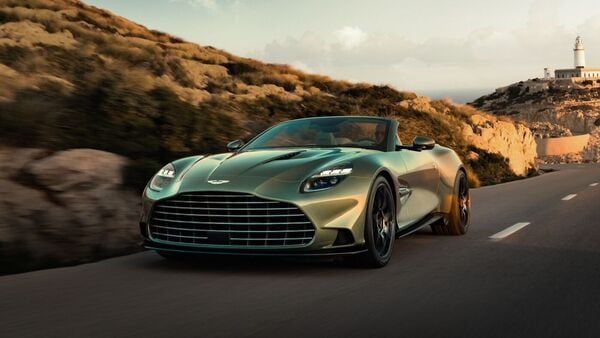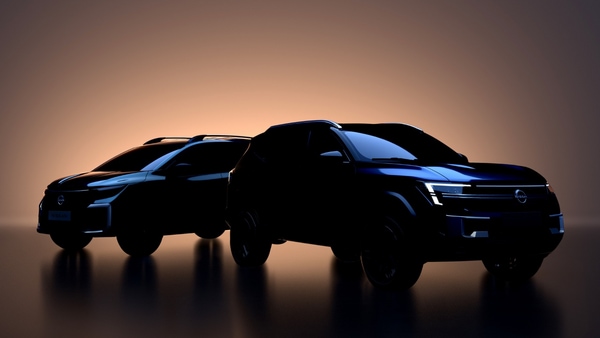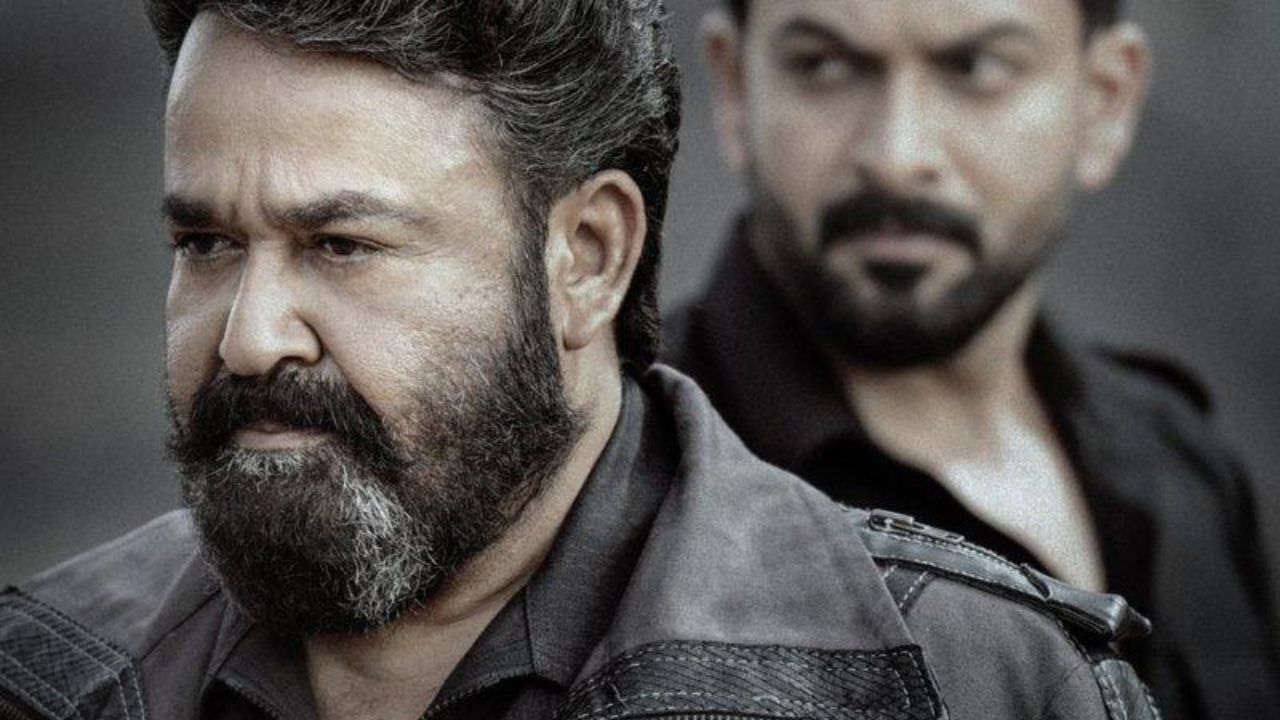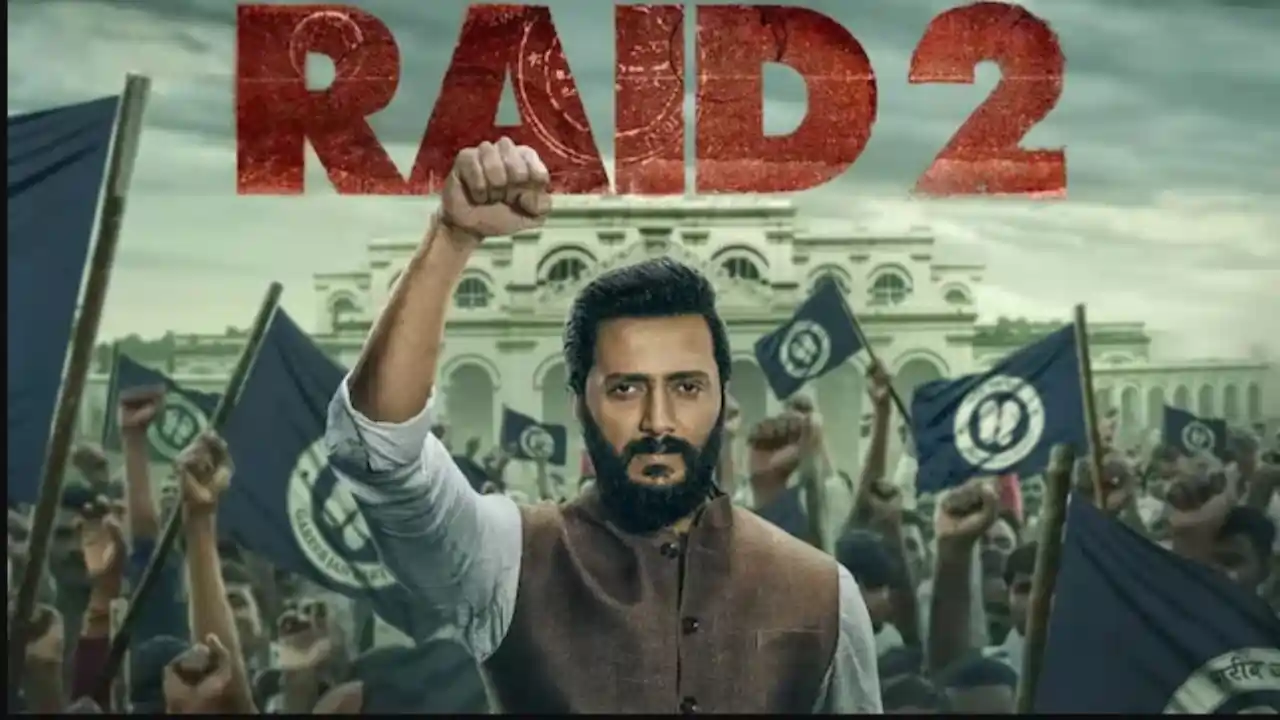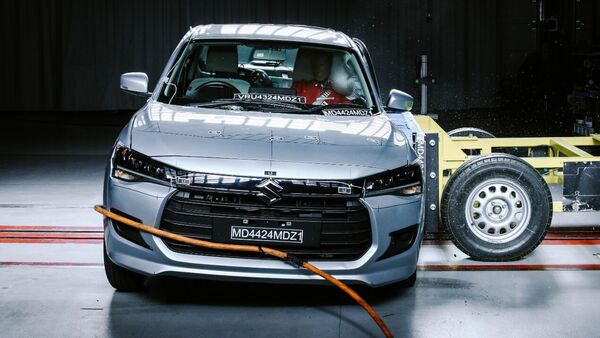
Even a 5-star safety rating is not enough for your car. Here's why
4 months ago | 5 Views
The new generation Maruti Suzuki Dzire has scored a five-star safety rating at the Global NCAP crash test, becoming the first car of the brand to score the top safety rating at GNCAP. Homegrown automakers like Tata Motors and Mahindra have launched multiple cars in the Indian passenger vehicle market over the last couple of years, which received five-star safety ratings in NCAP crash tests.
The launch of these safe cars and the rise of awareness about vehicular safety are interconnected. As the demand for safer cars has increased, automakers introduced cars with high NCAP ratings. On the other hand, the launch of safer cars helped in propelling generating awareness and demand for safe vehicles in the country.
While the enhanced vehicular safety and increased consumer awareness about it are certainly positive evolutions the Indian passenger vehicle market has witnessed over the last couple of years, having a car with a high CNAP rating is just not enough to ensure the occupants of the vehicle will remain safe in case of a crash on the road. This is because NCAP ratings also have certain limitations. NCAP ratings miss out on addressing some crucial points and we need to understand these limitations to keep ourselves safe.
How NCAP crash tests are done
An NCAP crash test program comprises a wide range of tests to evaluate a vehicle's active and passive safety system. The active safety tests include a moose test to check the performance of the Electronic Stability Program (ESP), Autonomous Emergency Braking (AEB) for car-to-car and car-to-vulnerable road user crashes, lane support assist, blind-spot detection, driver monitoring system etc. On the other hand, the passive safety tests include the full-width frontal and frontal-offset deformable barrier test, side impact deformable barrier test, side pole or oblique side pole test, child occupant protection, pedestrian and cyclist protection test, whiplash protection test, rollover protection etc.
The performance of the vehicle in each of these categories is graded using a point-scoring system. The cars are also graded on the safety features provided across different variants. The higher the points are, the better the score is. A five-star safety rating indicates that a car is well-equipped to handle the crash test parameters. However, the star ratings are not similar across different NCAP programs. For example, a car scoring a five-star rating in one NCAP may score three stars in another NCAP.
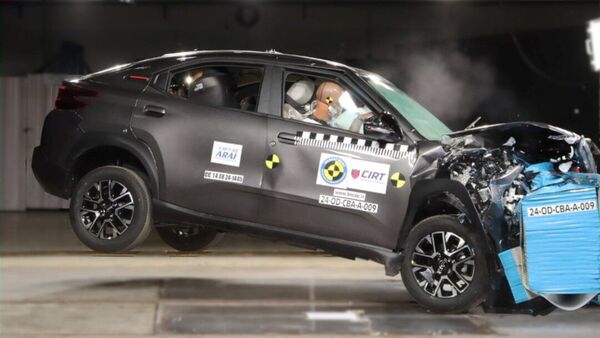
Even a 5-star rated car may not be safe enough
Yes. Even a five-star rated car may not be safe enough in case of a crash to protect you and your loved ones. Because, the crash test comes with some limitations, which are not reflected in the cars' safety rating.
Technical limitations
The crash tests performed by NCAPs are done in a controlled environment. While the crash tests simulate a real-life situation, they usually don't involve a multi-vehicle, multi-pedestrian environment, which are real-life cases. Hence, the crash tests being performed by NCAPs don't exactly replicate the real-life dynamic and complex traffic conditions.
Speed is an important factor that determines the severity of a crash. The higher the speed, the more severe the impact of the crash. The NCAP crash tests are usually performed between 56 kmph and 64 kmph for frontal impacts and at 30 kmph for side impact tests. In real life, a crash may happen at a significantly higher speed, where two or more vehicles running at variable speeds may collide.
Crash compatibility is another major factor determining the impact of the crash. Two vehicles of similar height and weight colliding will have a different impact than an accident where two or more vehicles with variable height and weight configurations collide with each other. A crash test usually simulates a collision between two cars having similar weight and height. The ratings do not reflect incompatible crash scenarios.
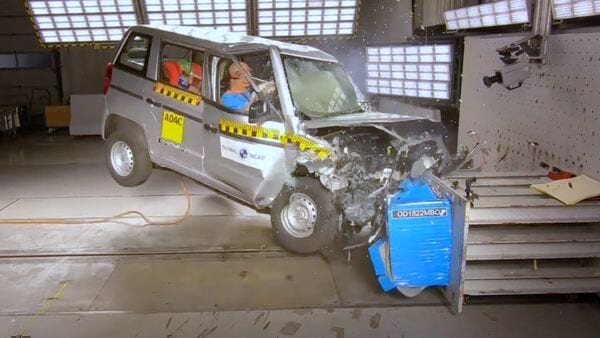
Human errors
Even if you are driving a five-star rated car, you may end up in a life-threatening crash because of human errors. Such errors can not be compensated by just owning and driving a five-star safety-rated car.
Modern cars come equipped with tons of advanced technology-aided features, including safety features. Many car owners and drivers are not always aware of the functions and limitations of these features. This is one human error responsible for many crashes.
Reckless driving, and not following traffic safety rules are also key enablers behind fatal car crashes. Signal violations, not using indicators while taking turns or changing lanes, not following designated lanes, pedestrians crossing roads anywhere, drivers speeding, and not wearing seatbelts are among these human errors, which contribute to a large chunk of car accidents. In such cases, no safety technology can save you.



